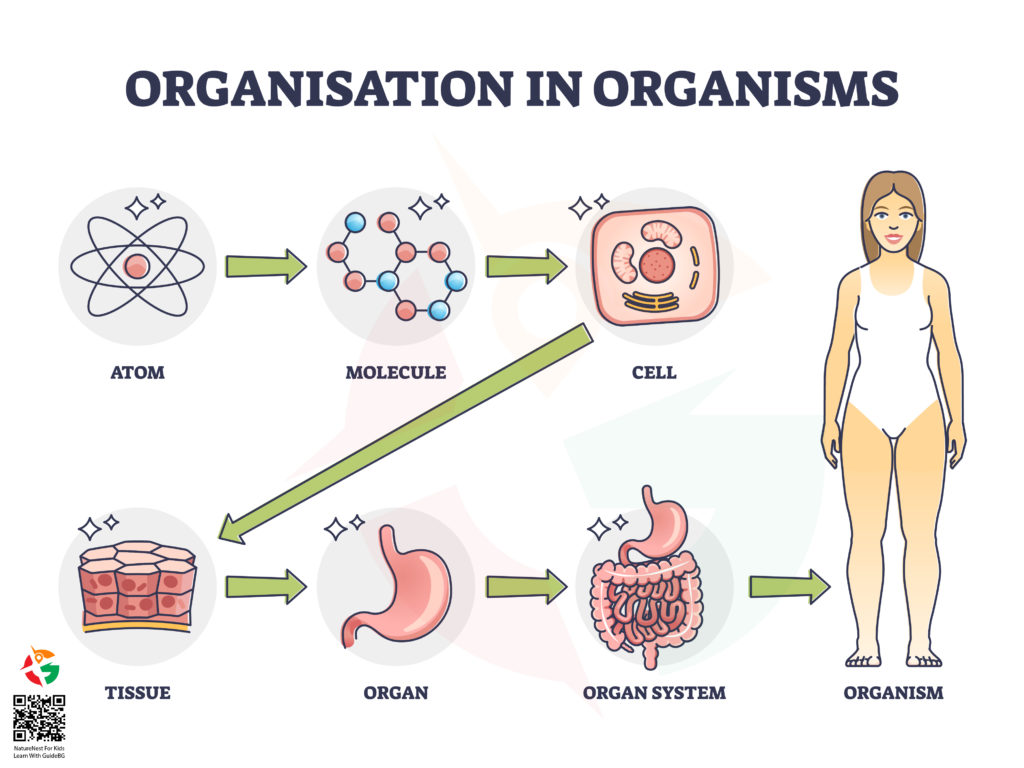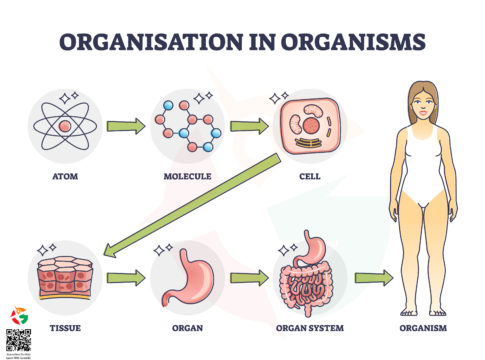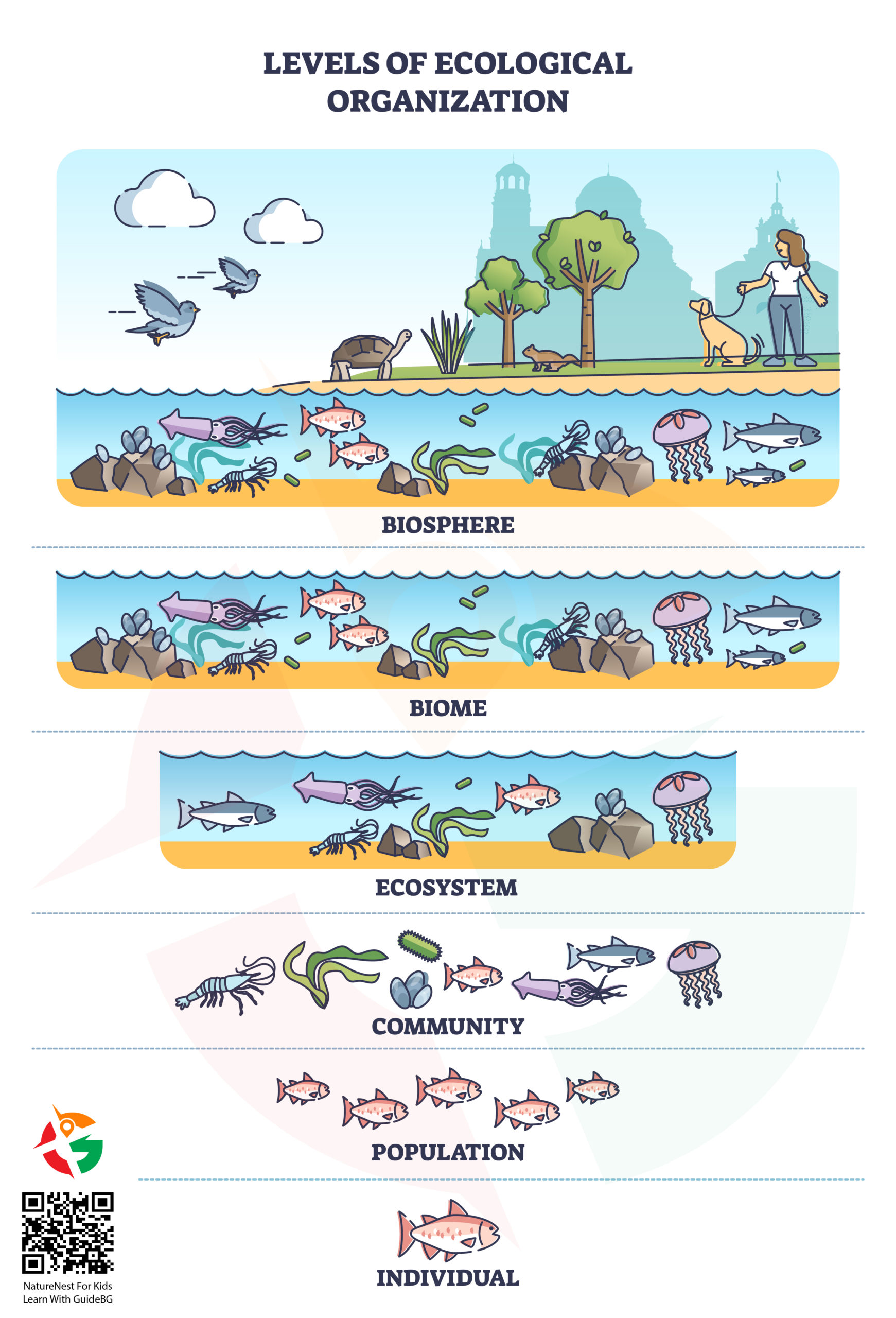Hey there! Have you ever wondered how you, sitting there, can read this, think about it, and maybe even grab a snack without a second thought? Biological organization starts with atoms, the building blocks of life. Atoms bond to form molecules, essential for biological processes. These molecules combine to create tiny organelles that perform vital functions within cells. Cells then unite, forming tissues, groups of similar cells that work together. Tissues are organized into organs, each with specific tasks vital for life. Organs come together in organ systems, which collaborate to maintain the organism’s health and functionality. This intricate hierarchy demonstrates the complexity and beauty of biological organization.
At the Very Beginning: Atoms
Imagine the smallest building blocks that make up everything in the universe. These are atoms, the foundation of matter. Think of them as tiny dots that come together to form more significant things. In your body, atoms combine in specific ways to create molecules, like the sentences formed by the alphabet of atoms.

The Magic of Molecules
Molecules are groups of atoms bonded together. Regarding life, some molecules are superstars, like DNA, which holds the blueprint of who we are, and proteins, which do much of the heavy lifting inside our bodies. Molecules are like the Lego blocks of life, coming together in countless ways to build the structures within our cells.
The Cell: Life’s Basic Unit
Cells are the basic units of life. Think of them as tiny rooms, each with its functions. Some cells, like those in your skin, work as barriers and protectors, while others, like the neurons in your brain, help you think, feel, and move. Despite their diversity, all cells share common structures, like the nucleus, which holds DNA, and mitochondria, the powerhouse that provides energy.
Tissue Talk
Cells with similar functions band together as tissues in biological organization, akin to a team working towards a unified goal. Muscle tissue enables movement, and nervous tissue facilitates sensation and response. Tissues act as chapters in the story of your body, each highlighting a distinct facet.
Organs: Where the Magic Happens
An organ is a collection of different types of tissues that work together to perform a specific job. Your heart, for example, pumps blood throughout your body thanks to the teamwork of muscles, connective tissue, and other tissues. Organs are like specialized teams, each with a critical mission to keep you alive and kicking.
Organ Systems: Teams of Teams
Different organs form an organ system when they come together to perform a set of functions. Your digestive, respiratory, and circulatory systems are all examples. Organ systems are like the departments in a company, each with its role but working together to achieve the company’s overall success – which, in this case, is keeping you healthy.
The Organism: That’s You!
Finally, all these organ systems come together to form a complete organism – a living thing, whether a human, a tree, or a bacterium. It’s like assembling a book’s chapters, sections, and illustrations into a final, comprehensive volume. Each level of organization, from atoms to organisms, is crucial in making life possible.
Wrapping Up
So, there you have it – the journey from atoms to organisms. It’s incredible how organized everything in life is and how we, as organisms, are part of this incredible, intricate system. Next time you’re out for a walk, grabbing a snack, or hanging out, take a moment to appreciate the marvel of life’s organization. It’s a complex, beautiful world from the smallest atom to the whole organism – and you’re a part of it!




